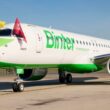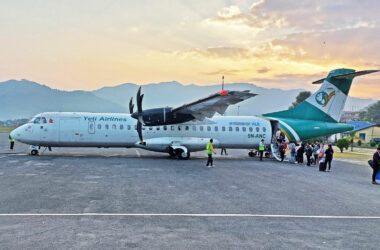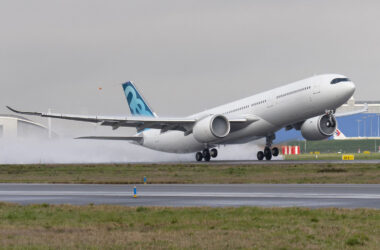The persistent failures surrounding the 737 MAX family in recent years have raised a question: why hasn’t Boeing launched a new jetliner in its place that is capable of competing with the Airbus A320 in better conditions?
On the market since the end of the 1960s, the 737 is a valuable aircraft, the so-called workhorse of the US company and is in service all over the world.
But the project has been showing limitations for a long time. Designed at a time when turbofans had a very small diameter, the 737 used this to its advantage by placing the Pratt & Whitney JT8D engines very close to the ground, simplifying routine maintenance.
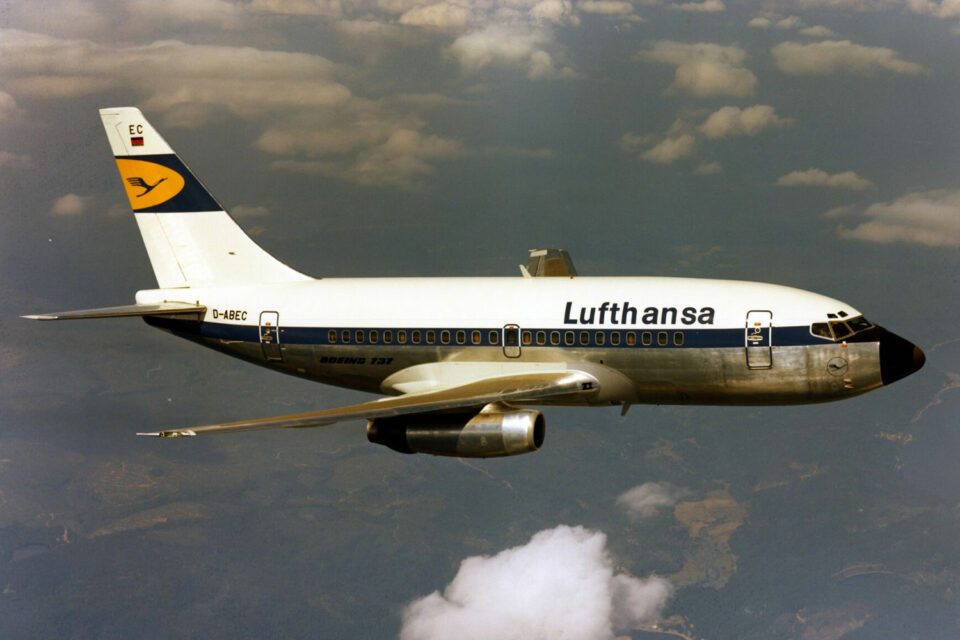
The low height also allowed the aircraft to fly to airports without much infrastructure as it could be equipped with retractable stairs and have the holds accessed without ground equipment.
But what was an asset became a problem in the 80s when the classic series was launched. Instead of the JT8D, the CFM-56 engines came onto the scene, a wider turbofan that required a change in configuration, with engines installed further forward and above.
Even so, CFM and Boeing had to move engine components to the sides to leave sufficient height from the ground, which gave the nacelles a flattened appearance.
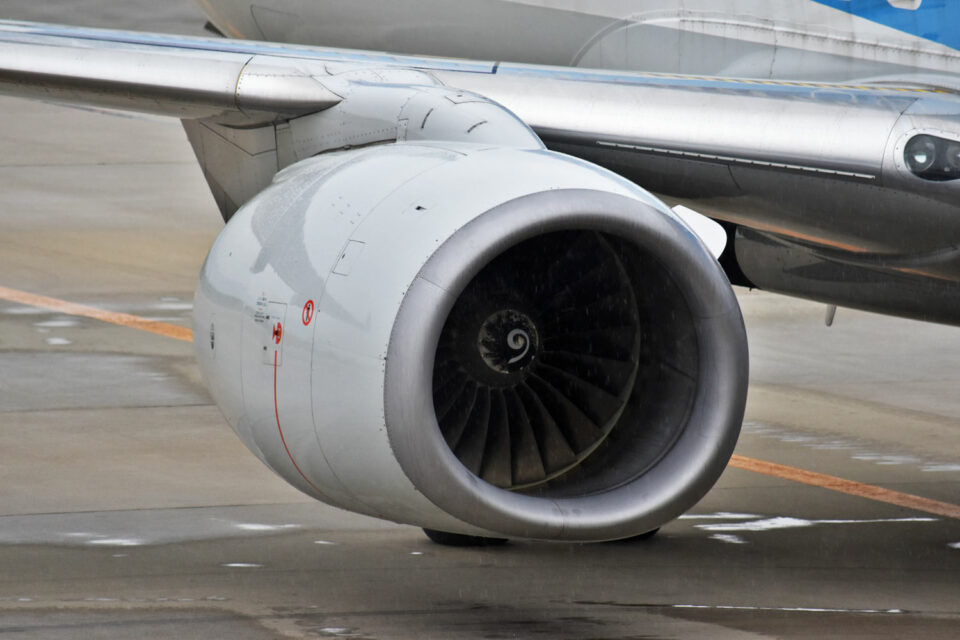
The 737Next Generation got around this situation, but when it was the 737 MAX’s turn, the even larger Leap -1B engine ended up becoming a problem.
Boeing did not give up, returning to position the turbofan further forward. The change in center of gravity was solved with MCAS software, which relieved the aircraft’s controls for pilots at steep angles of attack.
The result, unfortunately, was two fatal accidents in 2018 and 2019 that left the 737 MAX on the ground for many months.
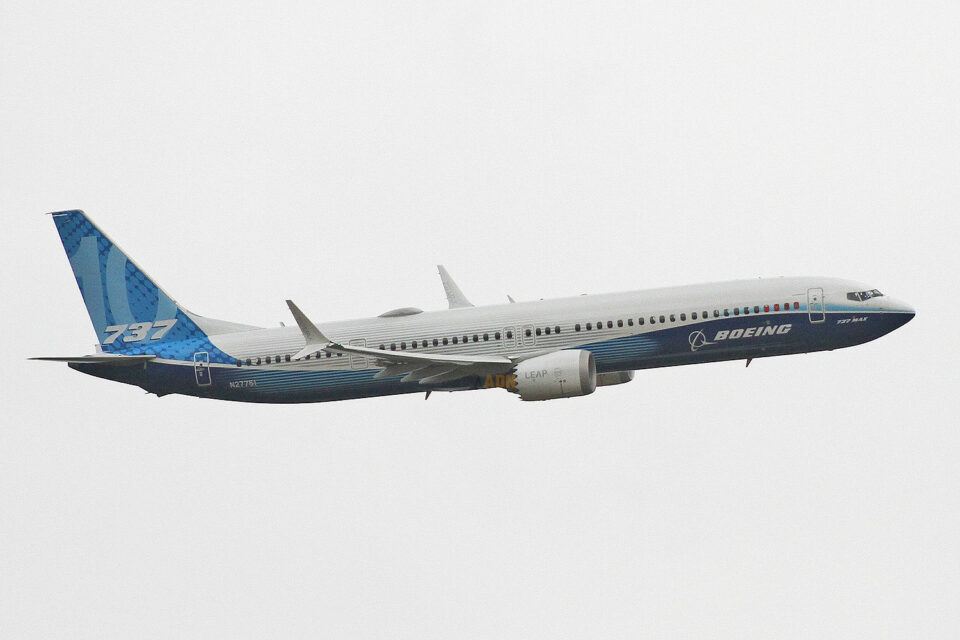
Clean sheet project
Although Boeing considered launching a clean sheet project, in the end the high costs involved discouraged the company, which once again improvised on the 737 MAX 10, the largest of the family’s narrow-body planes.
Given the longer fuselage length, which would compromise the plane’s tail during takeoffs, Boeing came up with a unique solution, making the landing gear extend onto the ground.
All because the company did not want to develop a new landing gear for the variant, which would make it different from the other 737s.
Now, with demand for single-aisle jets exploding and Airbus unable to keep up with so many orders, Boeing finds itself at an impasse. Its commercial jet can’t compete with some Airbus models like the A321neo, but developing a new plane will take years.
To make the scenario even more unpredictable, commercial aviation is going through a moment of energy transition, in search of propulsion systems that eliminate carbon emissions.
Therefore, it may be too late to bet on another conventional aircraft. But waiting for a safe path to emerge is not an easy decision either.
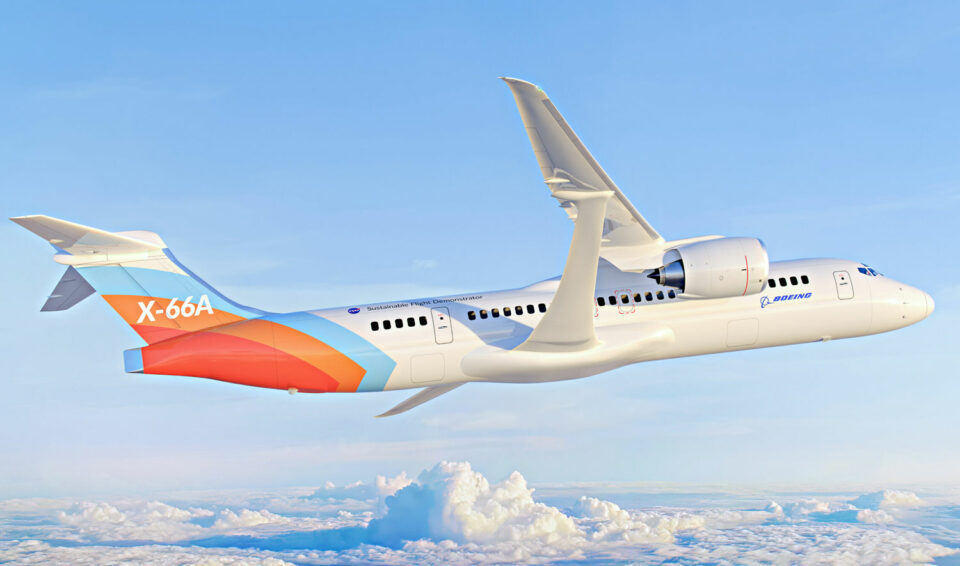
Bet on concept yet to be tested
Airbus, in a more comfortable situation, has already chosen its technology, hydrogen. Boeing, in turn, is betting on the Truss Braced Wing, a concept in which the aircraft has long, thin wings, supported by struts.
Thanks to the configuration, aerodynamic efficiency is high, in addition to allowing engines with high bypass ratios (huge diameters), capable of being even more economical.
The combination promises savings of up to 30% in fuel, in addition to not preventing a future hydrogen variant. But it is still necessary to put theory into practice, which Boeing will do together with NASA with the X-66A experimental plane.
Add to this the environment of distrust within the company, which has failed miserably to produce its commercial aircraft with due care.
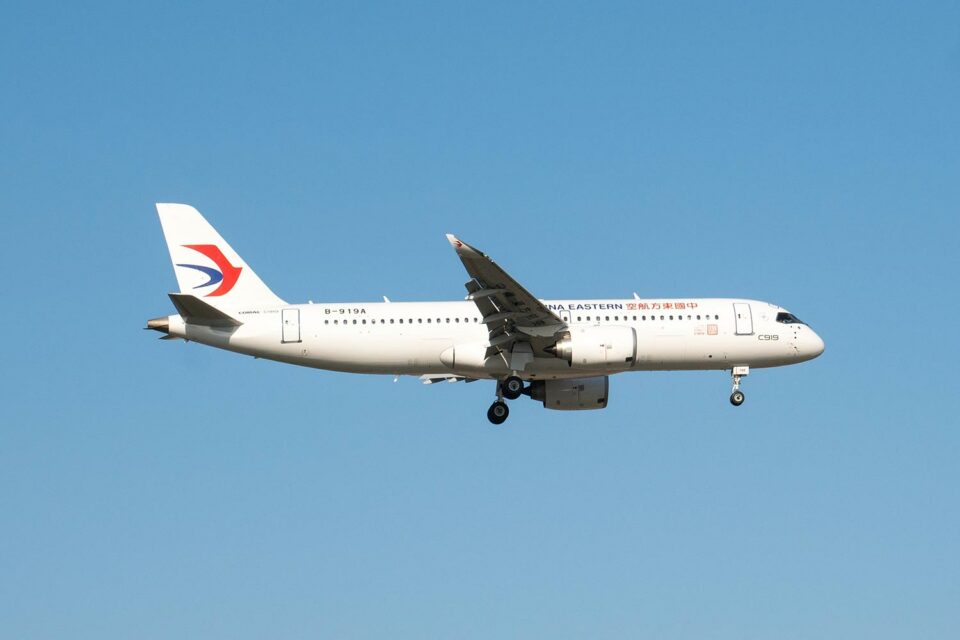
The long wait for certification of the 737 MAX 7 and 10 models and the wide-body 777X shows how difficult it has been for Boeing to get an improved version of its well-known jets approved. So what can you expect from a completely new aircraft?
For airlines, a weak Boeing is a bad sign. Despite its limitations, the 737 is a valid alternative for many companies and a necessary competitive factor so that they do not depend exclusively on Airbus.
The delay in reacting could cause Boeing to miss an important window that could be filled, because today, by unlikely competitors such as the C919, from China’s COMAC, and a new family of commercial aircraft from Embraer. The clock is ticking.



